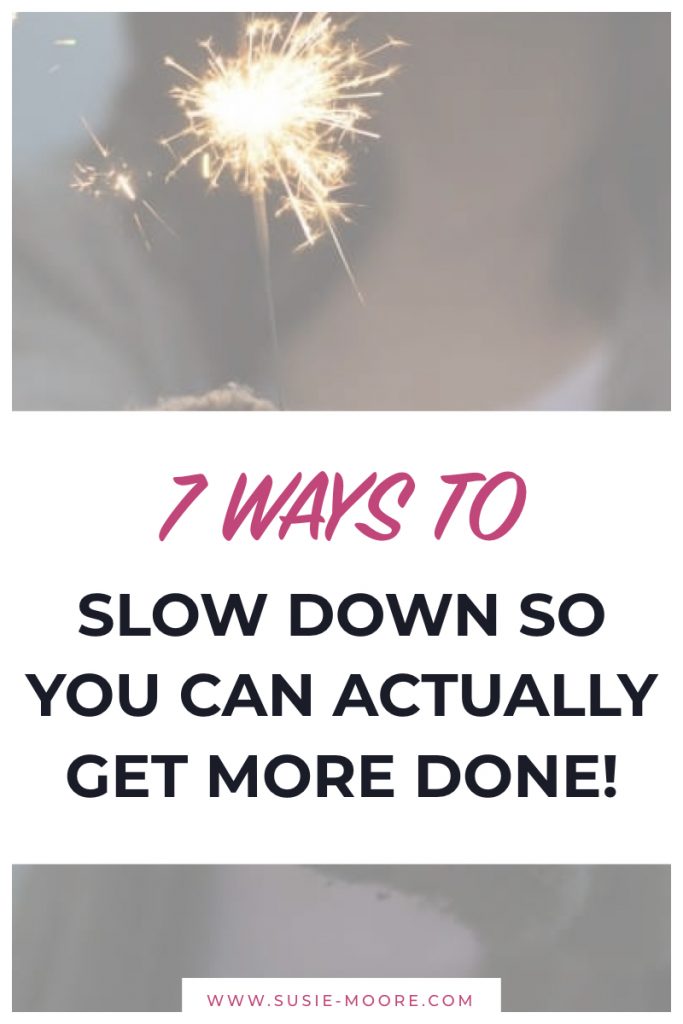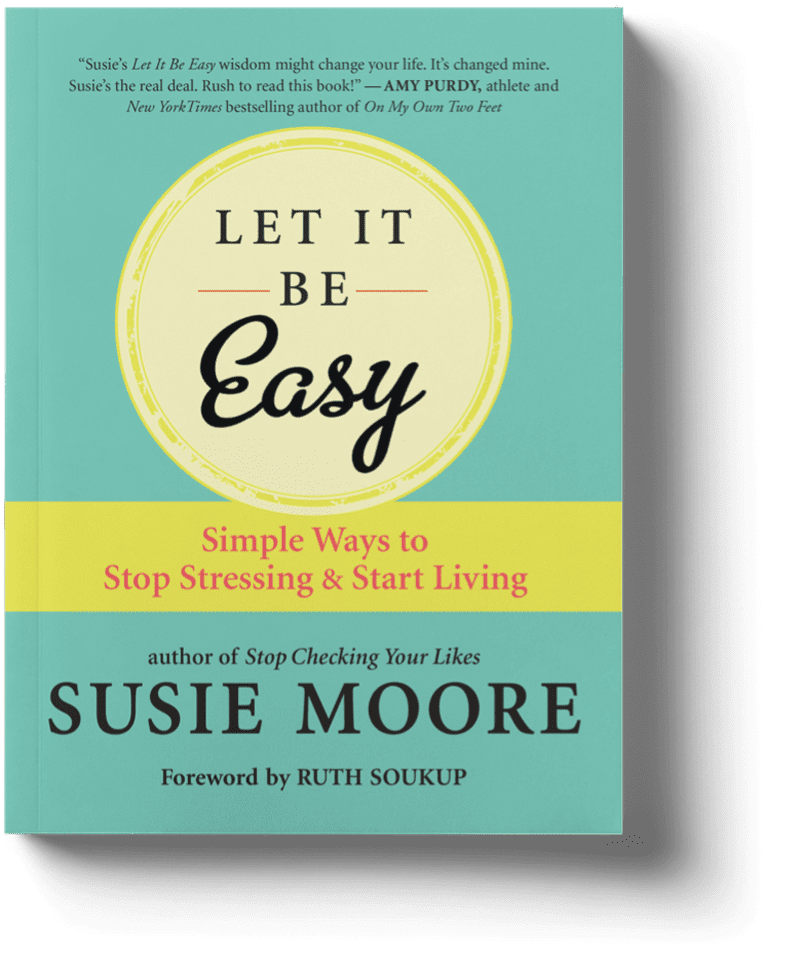I’ve always been obsessed with productivity and action. I pride myself on “getting things done” and being a high achiever. But it wasn’t until I bet on myself and became my own boss over two years ago that the pressure of constant hustling led me to a breaking point.
When I ditched the paycheck safety net, I felt that if I was to be earning, I had to be constantly producing. With my solid work ethic, I thought this would be a (liberating!) breeze. Turns out it wasn’t.
Any moment I wasn’t at my laptop or on the move, I felt bad. I felt uncomfortable. I felt guilty. So I filled up my calendar with meetings, said yes to undesirable projects, and was bustin’ my booty. But the result was not what I hoped for. Instead of feeling in control, excited, and free, I felt stressed out, resentful, and alone.
This year has taught me about the importance of slowing down in order to speed up. Here’s what I’ve learned about getting things done:
1. Always ask yourself: “Why?”
Sara Blakely, the founder of SPANX, taught me this. But it took me time to truly implement it.
Before you take on a new project, task, or responsibility, ask yourself, “Why am I doing this?” Keep asking that question until you reach an answer that feels satisfactory. Your “why” should feel certain and comforting. If your answer is, “I’m doing this to please my boss or cousin,” or “because I’ll feel guilty if I don’t,” is that good enough?
Probably not.
2. Say “no” twice as often as you normally do.
Warren Buffet once said, “The difference between successful people and very successful people is that very successful people say no to almost everything.”
Saying “no” is the one saving grace that successful people share.
They openly admit they don’t do it all; they just do what matters most to them. This applies to social invitations, additional duties at the office, and even business opportunities. This year I turned down three different clients for different reasons. I swear my business is more prosperous as a result of my only working with people who are aligned with my mission.
As a result, I’m also way more excited about getting up to do my thing daily. What can you be saying “no” to?
3. Stop thinking it must be a struggle.
Last year I interviewed best-selling author Denise Duffield Thomas for my YouTube channel. This woman changed my life and revolutionized my thinking. She said the biggest myth people believe about achieving success and money is that it has to be hard.
Look at people like Richard Branson, Tony Robbins, Jessica Alba, Oprah, and Sheryl Sandberg. They work hard, sure—but they have a lot of fun doing it too. Their work energizes them. This mentality can’t help but breed continued creativity and success.
4. Know that fun is the secret.
Have you ever noticed that when you are in a light, chill, happy mood, great creative ideas come to you? Or you start to see a tricky challenge in a new light?
“There is no stress in the world. Only stressful thoughts.”
When we lose a stress mentality, we start to see how easy it might be to handle that critical colleague or pick up that abandoned blog. We open up. We lose our mental blocks. We are in a receptive mode. When we make a decision to feel good, to see good, to allow good, more ease flows to us. As we lose the hustle mentality in approaching the day-to-day, the hustle factor itself starts to dissipate. Wayne Dyer says, “There is no stress in the world. Only stressful thoughts.”
5. Take advantage of down time.
There is a reason CEOs and world leaders always take vacations: Holidays work! They help! Just like your wireless devices, you can benefit from some recharging too.
Just as a painter needs to step back to view her canvas, we also need to take a step back from our life to see it clearly. This doesn’t mean you have to go Cabo for two weeks. It can be as simple as a long solo stroll on a Sunday afternoon or even tea and a 10-minute Headspace meditation on the couch before work.
6. Use inspired moments.
When you start to tie the above together—asking yourself why we’re doing stuff, saying “no” more often (oh, the hours and energy saved!), reducing the struggle mindset, opening up to more fun, and increasing downtime—it’s inevitable that you will experience increased moments of inspiration. My best ideas have come to me when walking my dog, taking a shower, or even while cooking.
7. Create a “golden hours” rule.
We all have “golden hours”—that part of the day or night when we can power through a big task or to-do list. For me, it’s mornings. I do my best writing in the mornings and only take meetings in the afternoon if I can.
Recently, a client of mine was working on an important proposal that required immense concentration. Like me, she’s a morning person. She planned her week ahead of time and set aside two early mornings to finish it. The proposal was completed over four hours on those two mornings. Planning ahead saved her from dragging out the proposal writing for days and days in jagged bursts. It would have otherwise taken her twice the time.
What are your golden hours? And are you scheduling your most important work within them? Milk them and do more with less time.
Yes, taking consistent action is a large component of a successful life. But too often we allow ourselves to become enslaved by the “journey,” because it is engrained in us that achievement should come only through struggle. But it doesn’t have to be all hustle 24/7.
The journey can leave us with oppressive fatigue. Or a feeling of freedom and fun. And given that the hustle never ends—while we still have goals to reach—I know which path I’m choosing.








